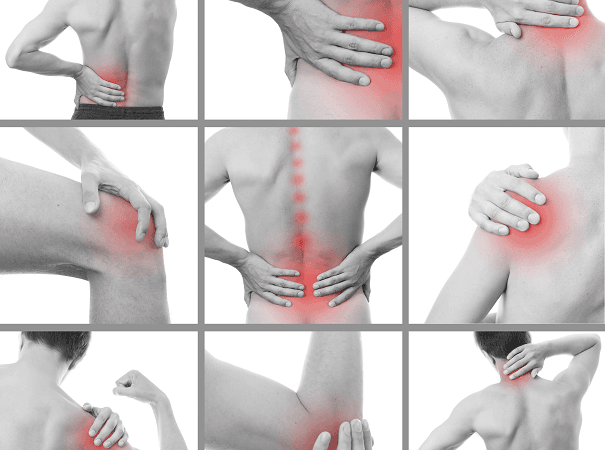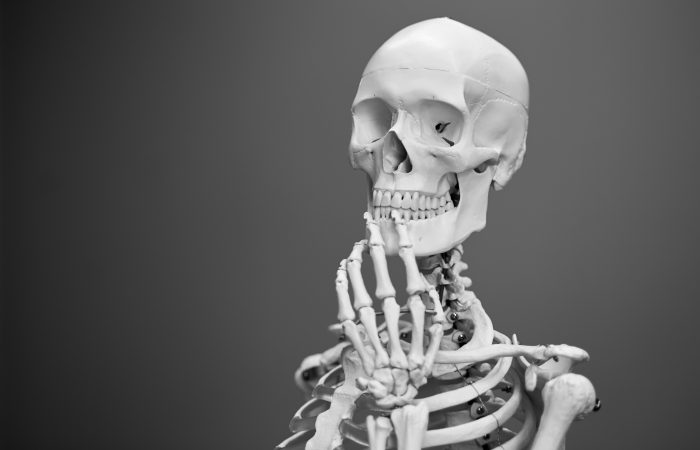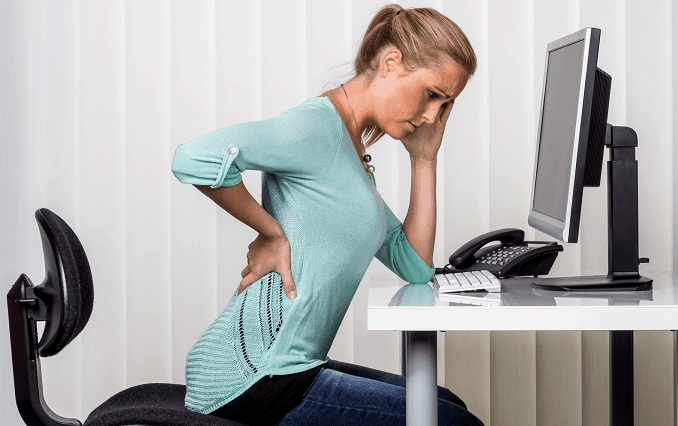Think of your body and posture as always being in a comfort zone, a place it knows well and is happy to exist, safe in the knowledge that nothing can go wrong. But how did we get here?
Injury? Trauma? Pain?
What if we challenged why we accept pain as the norm and started to question things before the only possible solution is surgical intervention to have parts removed or altered or jabbed.
Anatomy-in-Motion challenges this comfort zone of movement. We look at your full body history right back to birth if needed, to see when the timeline indicates where your comfort zone of movement was shrunk down, to adapt. Next is to explore outside the comfort zone with organised re-patterning movements to unravel from the current adaptions. Once you experience that new zone and feel it in your body, you have a knowing that there’s a way out of your current predicament.
By going beyond your own perceived boundaries of movement, as is the case in other self-imposed life limitations, there is an awareness of change, instant change and a knowing that there is no going back.
Anatomy in Motion. Why is it gait-based? Gait is a universal repetitive movement that uses every joint in the body in all 3 planes of motion (front-back, sideways, rotation). Gait-based analysis can uncover asymmetries, restrictions, and timing issues. This can reveal sub-optimal patterns throughout the body that may be causing pain.
These patterns carry over to all your movements (e.g. sports, picking up a baby, etc.). Exploring gait-based movement combinations may help your brain re-learn fluent joint mechanics and their relationships between joints (ie. how do your hip joint mechanics affect your knee?) Learning these patterns can influence your entire moving life.
This may benefit people in chronic pain by taking back the control of their body’s movement and may also benefit athletes with performance gains.
Think of your body and posture as always being in a comfort zone, a place it knows well and is happy to exist, safe in the knowledge that nothing can go wrong. But how did we get here?
Injury? Trauma? Pain?
What if we challenged why we accept pain as the norm and started to question things before the only possible solution is surgical intervention to have parts removed or altered or jabbed.
Anatomy-in-Motion challenges this comfort zone of movement. We look at your full body history right back to birth if needed, to see when the timeline indicates where your comfort zone of movement was shrunk down, to adapt. Next is to explore outside the comfort zone with organised re-patterning movements to unravel from the current adaptions. Once you experience that new zone and feel it in your body, you have a knowing that there’s a way out of your current predicament.
By going beyond your own perceived boundaries of movement, as is the case in other self-imposed life limitations, there is an awareness of change, instant change and a knowing that there is no going back.
Anatomy in Motion. Why is it gait-based? Gait is a universal repetitive movement that uses every joint in the body in all 3 planes of motion (front-back, sideways, rotation). Gait-based analysis can uncover asymmetries, restrictions, and timing issues. This can reveal sub-optimal patterns throughout the body that may be causing pain.
These patterns carry over to all your movements (e.g. sports, picking up a baby, etc.). Exploring gait-based movement combinations may help your brain re-learn fluent joint mechanics and their relationships between joints (ie. how do your hip joint mechanics affect your knee?) Learning these patterns can influence your entire moving life.
This may benefit people in chronic pain by taking back the control of their body’s movement and may also benefit athletes with performance gains.
If you want to work through your body and learn how to move freely again then we might be just the people for you to work with.
Partnership? Yes indeed. This is a team effort of our knowledge and experience combined with your implementation of the strategies found in your own body.
You have a history and we have questions to ask about it. Want to know why you keep suffering the same aches & pains?
Previous practitioners may not have looked back at your entire history to find the time your body started to adapt to injury and pain.
Most people look closely at your pain site and not the entire history of how you got there. Self-healing may be possible when someone determines your whole-body picture and points you in the right direction.
Why on earth does the same pain keep popping up?
The true cause has probably not yet been found. Is it your time to find out?
Dr Elise Fuller, Dr Steph Klupacs & Dr Katie Willy are qualified with the AiM method (Anatomy in Motion).
Our clients have been able to explore why their pain existed and experience movement to free their adaptions. This process can be liberating.
It not only justifies your painful experience, it empowers you to be a major part of your success while we navigate the body map called the “Flow-Motion-Model”.
Dr Elise Fuller, Dr Steph Klupacs & Dr Katie Willy are qualified with the AiM method (Anatomy in Motion).
Our clients have been able to explore why their pain existed and experience movement to free their adaptions. This process can be liberating.
It not only justifies your painful experience, it empowers you to be a major part of your success while we navigate the body map called the “Flow-Motion-Model”.



